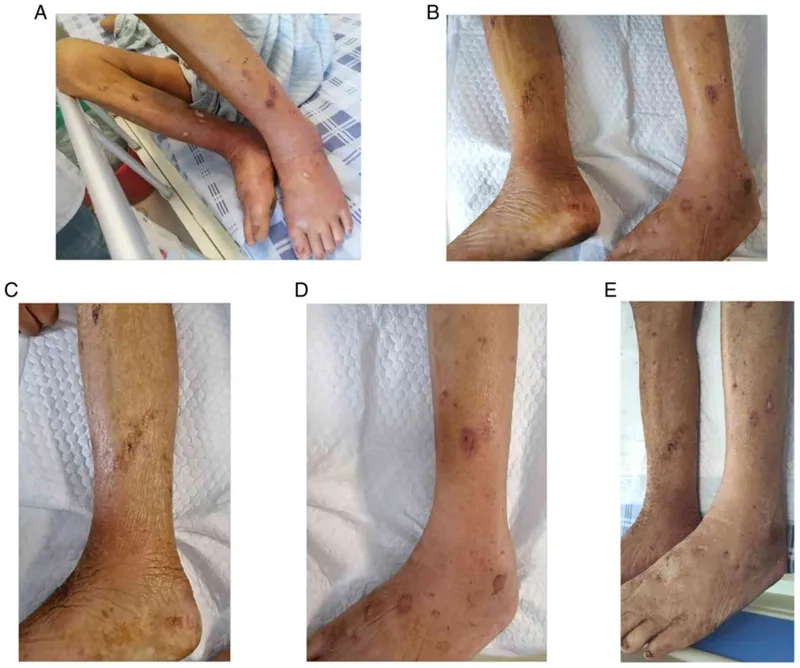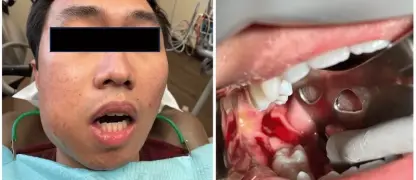Don't let a bacterial infection catch you off guard. Understanding Klebsiella pneumoniae is the first step toward safeguarding your health and avoiding serious complications, including the long term effects of Klebsiella.
What are the main causes of Klebsiella pneumoniae?
- This bacteria often spreads in healthcare settings, particularly through contaminated medical devices like ventilators or intravenous catheters which breach the body's natural defenses.
- Individuals with compromised immune systems, such as those with chronic illnesses or undergoing chemotherapy, are significantly more susceptible to opportunistic infections from this pathogen.
- Direct person-to-person contact, especially via unwashed hands, or touching contaminated surfaces can also cause transmission, showing why it can be contagious in some settings.

Key symptoms of Klebsiella pneumoniae infection to watch for
- For Klebsiella pneumoniae pneumonia, watch for sudden high fever, chills, flu-like symptoms, and coughing up thick, sometimes bloody mucus, requiring immediate medical attention.
- A common sign of a Klebsiella pneumoniae UTI includes a strong, persistent urge to urinate, a burning sensation, and cloudy or strong-smelling urine.
- When the bacteria enter the bloodstream, Klebsiella pneumoniae in blood can cause sepsis, a life-threatening condition marked by fever, rapid heart rate, and confusion.
How can you prevent Klebsiella pneumoniae effectively?
- The most critical prevention of Klebsiella pneumoniae is practicing meticulous hand hygiene, especially washing hands thoroughly with soap and water before and after patient contact.
- Healthcare providers must strictly adhere to infection control measures, including properly cleaning equipment and wearing protective gear to prevent cross-contamination between patients.
- For patients, ensuring that any indwelling medical devices like catheters are cared for properly can significantly reduce the risk of developing a related infection.
>>> Don't miss: Infectious mononucleosis - The kissing disease explained
Image of the disease Klebsiella pneumoniae Infection





>>> Discover more: Keratitis - A guide to this painful eye infection
Recognizing the signs is vital, especially with rising antibiotic resistance like carbapenem-resistant Klebsiella pneumoniae (CRKP). If you suspect an infection, seek medical advice for proper diagnosis and Klebsiella pneumoniae in urine treatment or for other sites of infection.
>>> Details at: Kingella kingae infection - A cause of joint pain in children






